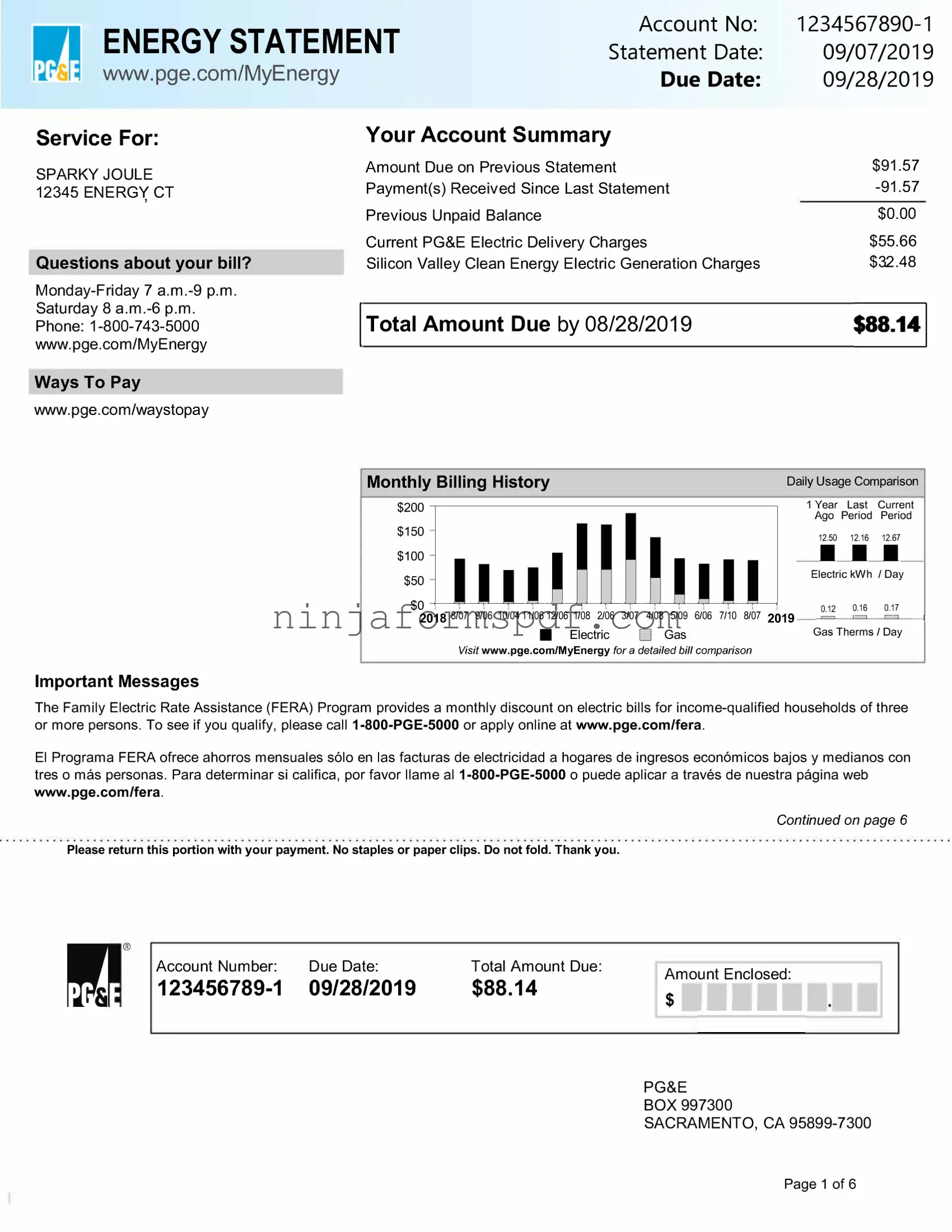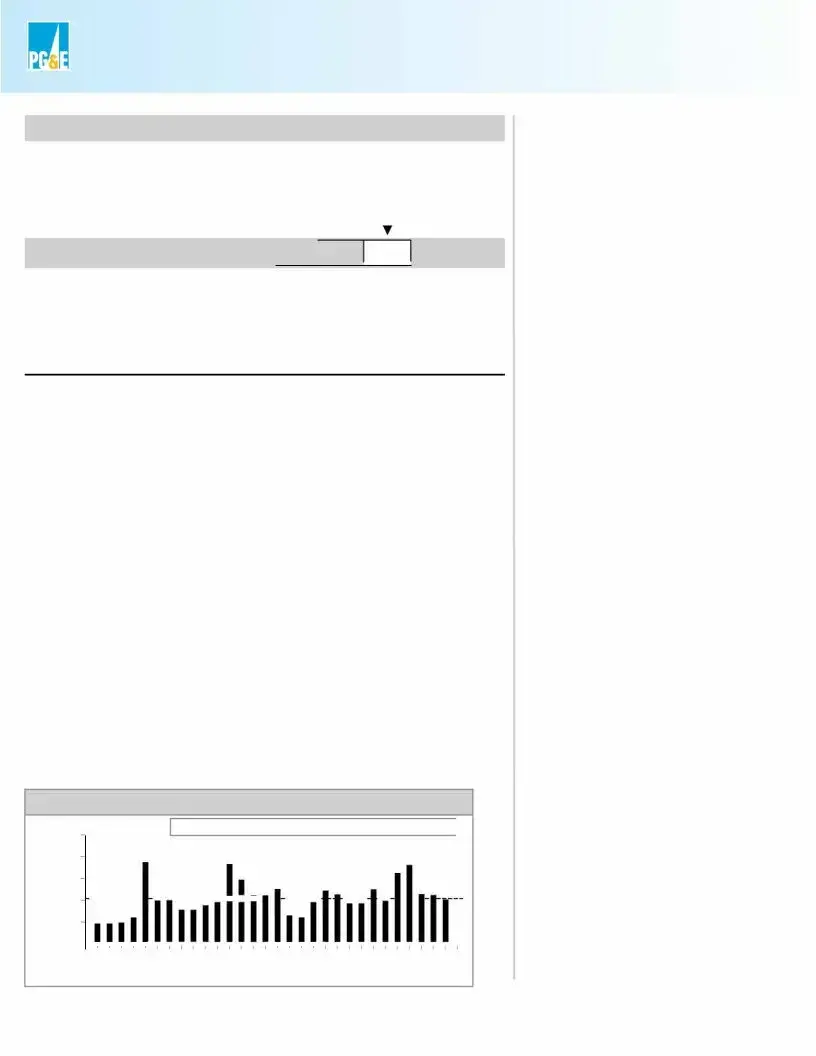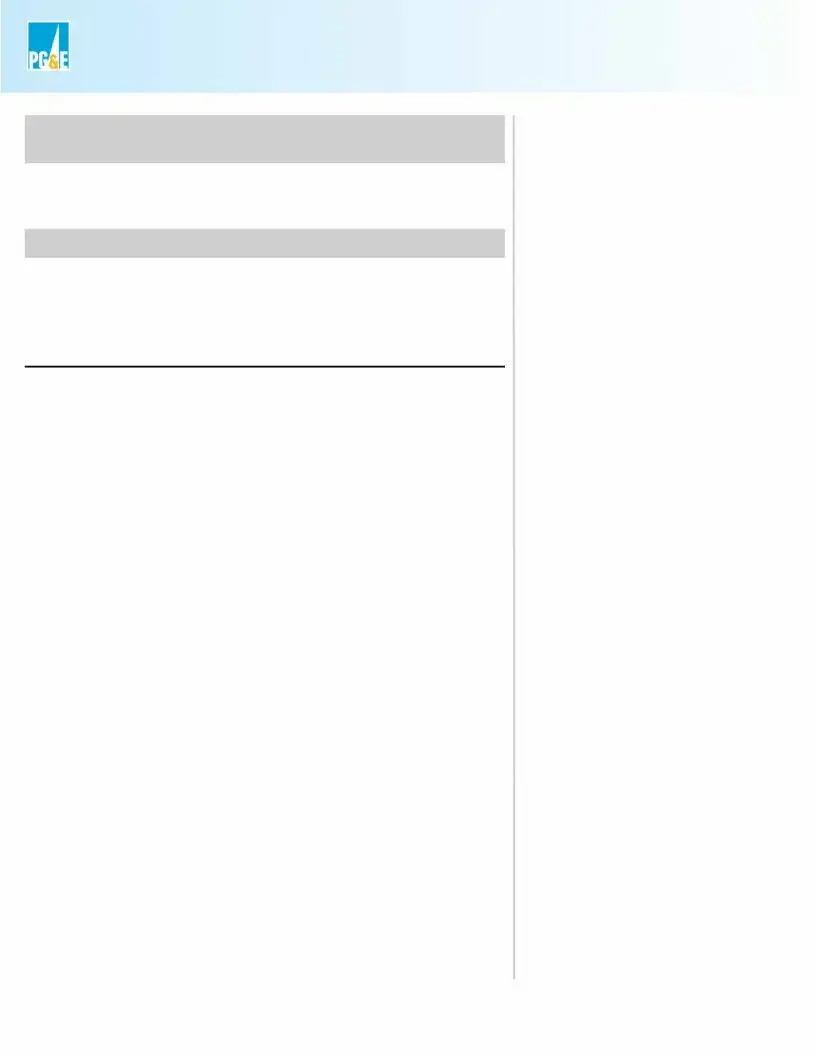What is the purpose of a Utility Bill form?
The Utility Bill form is designed to document and keep track of payments made for utilities such as water, electricity, gas, and internet services. This form helps in managing and maintaining an organized record of utility expenses over time, ensuring that payments are made timely and services run smoothly without interruptions due to unpaid bills.
Who should fill out the Utility Bill form?
Household members, property managers, or business owners responsible for handling utility payments are the primary individuals who should fill out the Utility Bill form. It is a critical task for anyone tasked with managing finances within a household or an organization, ensuring that all utility services are accounted for and paid promptly.
What information is required on the Utility Bill form?
Typically, the Utility Bill form requires specific information including the date of the bill, the service provider's name, the amount due, the due date, and the payment date. Additional details such as account numbers, the billing period, and any late fees or adjustments might also be necessary to provide a comprehensive overview of the utility bill.
Where can I obtain a Utility Bill form?
Utility Bill forms can be obtained from several sources. Many service providers offer downloadable forms on their websites. Alternatively, property management offices, housing authorities, or community service offices might provide these forms. Some office supply stores and online resources also offer templates that can be adapted for personal or business use.
Is there a fee associated with the Utility Bill form?
Generally, there is no fee required to obtain a Utility Bill form itself. However, depending on the source, there might be costs associated with downloading or printing the form, especially if acquiring it from a commercial source that sells legal or organizational documents. It's always wise to explore free options first.
Can I fill out the Utility Bill form electronically?
Yes, many Utility Bill forms are designed to be filled out electronically. This feature allows for efficient record-keeping and easy sharing with other responsible parties or for filing purposes. Ensure to save a backup of the filled form electronically and, if necessary, print a hard copy for your records.
How often should the Utility Bill form be updated?
The Utility Bill form should be updated with every new bill received. This practice ensures that all payments are tracked, and any discrepancies or changes in utility costs are monitored over time. Regular updates help in managing budgets and avoiding late payments, which could lead to penalties or service interruptions.
What should I do if I encounter errors in my Utility Bill form?
If errors are found, it's important to correct them promptly to maintain accurate records. Review the specific details of the bill in question, make the necessary corrections on the form, and if applicable, contact the service provider to address any discrepancies on their end as well. Keeping accurate records ensures clear communication with utility providers and can prevent financial inaccuracies.






